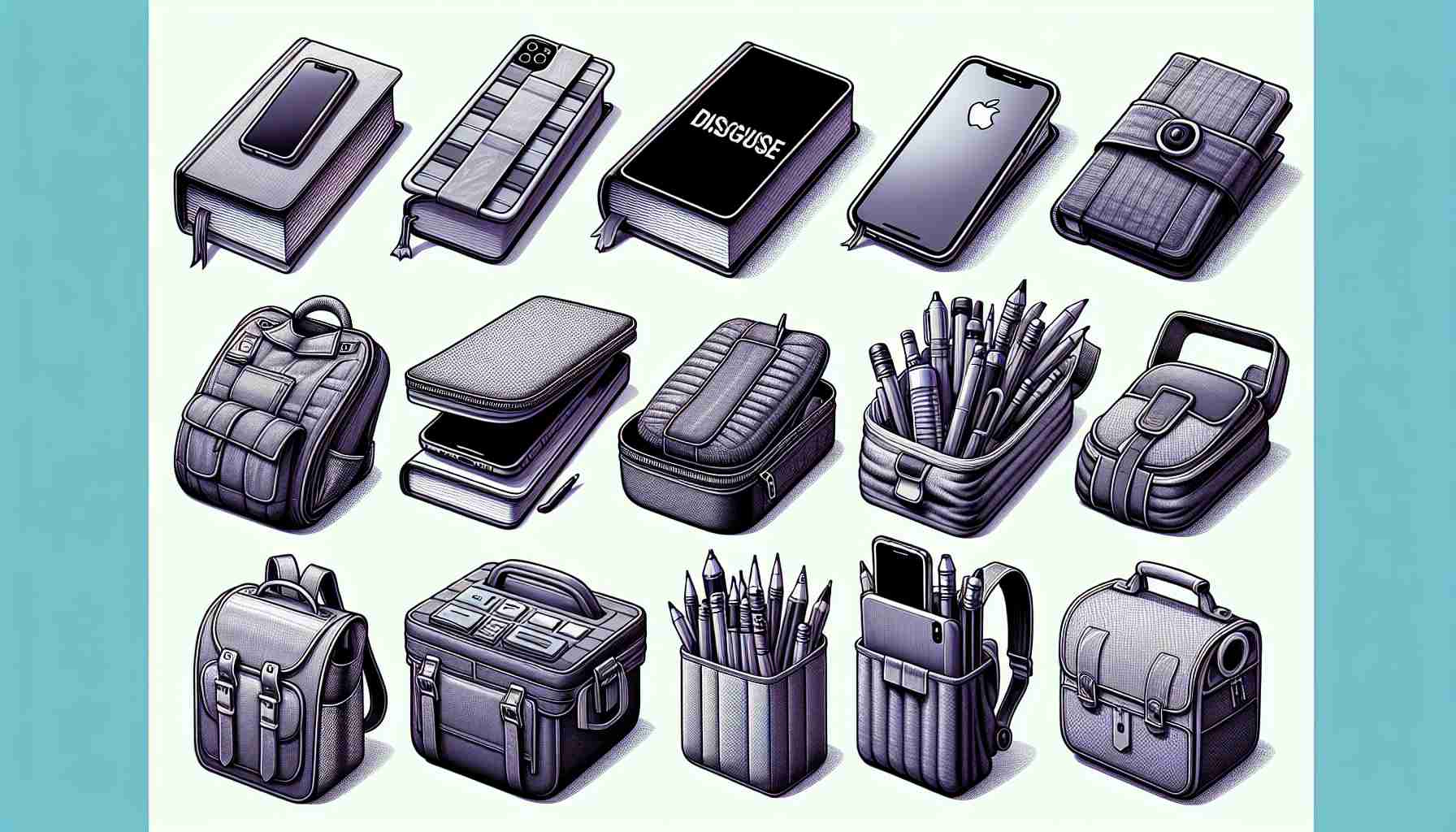A new trend has emerged in online stores, offering unconventional items that cater to students looking to conceal their phones. These items are ingeniously designed to look like ordinary objects but have hidden compartments for secret storage. The products are marketed as tools to evade school inspections, presenting a unique challenge for educators.
One such item, dubbed a “Confuse Inspection Device,” resembles a typical power bank on the outside but actually contains a hollow space inside to discretely hide a phone. While these disguised items may appear convincing at first glance, some have reported concerns regarding their quality and effectiveness in avoiding detection.
In addition to the disguised power banks, there are other items available for purchase that serve the same purpose. For instance, a water bottle with a concealed compartment in the bottom has gained popularity among students seeking to evade checks. Some higher-end versions even claim to have built-in metal detector avoidance capabilities.
Despite the allure of these covert products, teachers and school authorities have caught on to the trend. Instances of students being caught with these disguised items have been reported, highlighting the potential consequences of using such deceptive tactics.
Legal experts have weighed in on the matter, emphasizing that the promotion of these items as tools to circumvent rules may violate advertising regulations. Authorities have the power to take action against individuals or businesses that engage in deceptive marketing practices, underscoring the importance of upholding ethical standards in online commerce.
In the realm of disguised items for students’ phones, a lesser-known product gaining traction is the “Bookshelf Diversion Safe.” This unique accessory is designed to resemble a mini bookshelf, complete with miniature books that can be removed to reveal a secret compartment for stashing a phone. The clever disguise of this item poses an innovative challenge to school authorities conducting inspections.
One intriguing question that arises is whether the use of disguised items for phones in educational settings fosters a culture of dishonesty among students. While these products provide a means of circumventing rules, they also raise concerns about the moral implications of encouraging deception.
A key challenge associated with the proliferation of novel disguised items for phones is the ongoing cat-and-mouse game between students and educators. As students devise increasingly sophisticated ways to conceal their devices, teachers and administrators must stay vigilant and adapt their inspection methods to keep up with the evolving tactics of tech-savvy youngsters.
When weighing the advantages and disadvantages of utilizing disguised items for phones, one clear benefit is the element of privacy and autonomy they afford students. These items enable individuals to keep their phones close at hand without drawing unwanted attention, fostering a sense of independence.
However, a notable disadvantage of relying on disguised items for phones is the potential erosion of trust between students and school authorities. By resorting to deceptive practices to evade rules, students risk damaging the mutual respect and integrity that should underpin the educational environment.
For those seeking further insights into the realm of disguised items, a reputable source for exploring related products and discussions is Student Solutions. This domain offers a wide array of innovative solutions tailored to students’ needs, including unique items designed to enhance productivity and convenience.


















